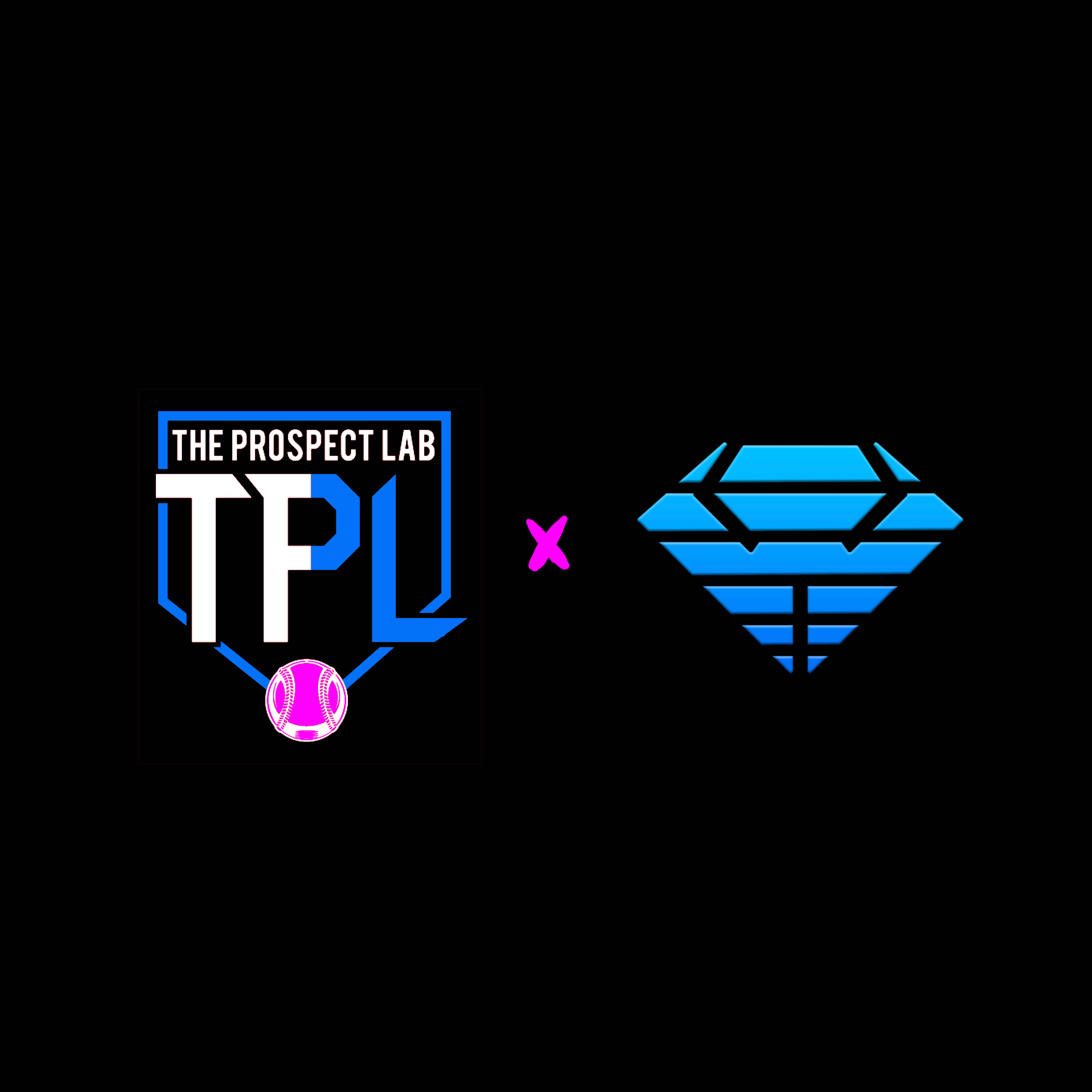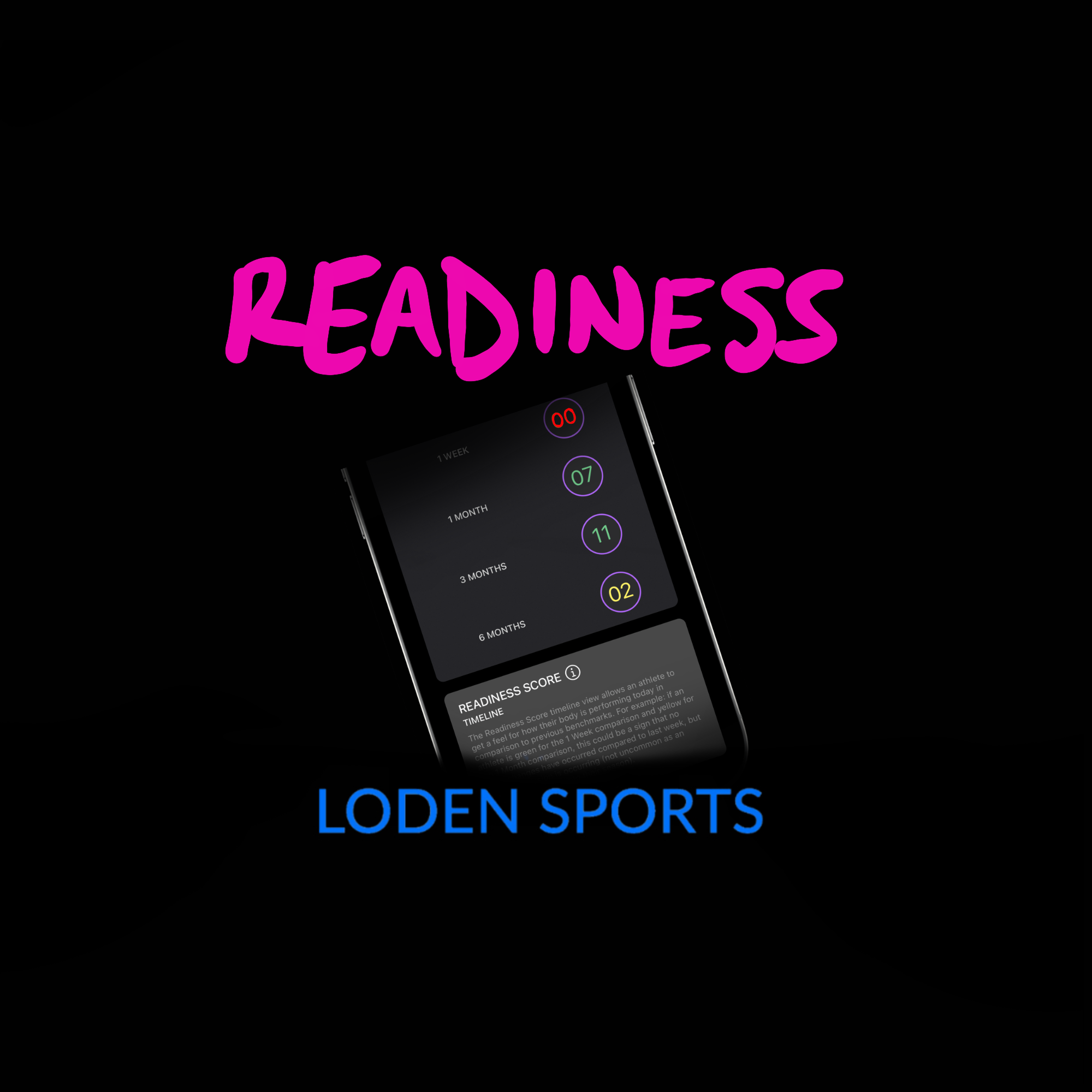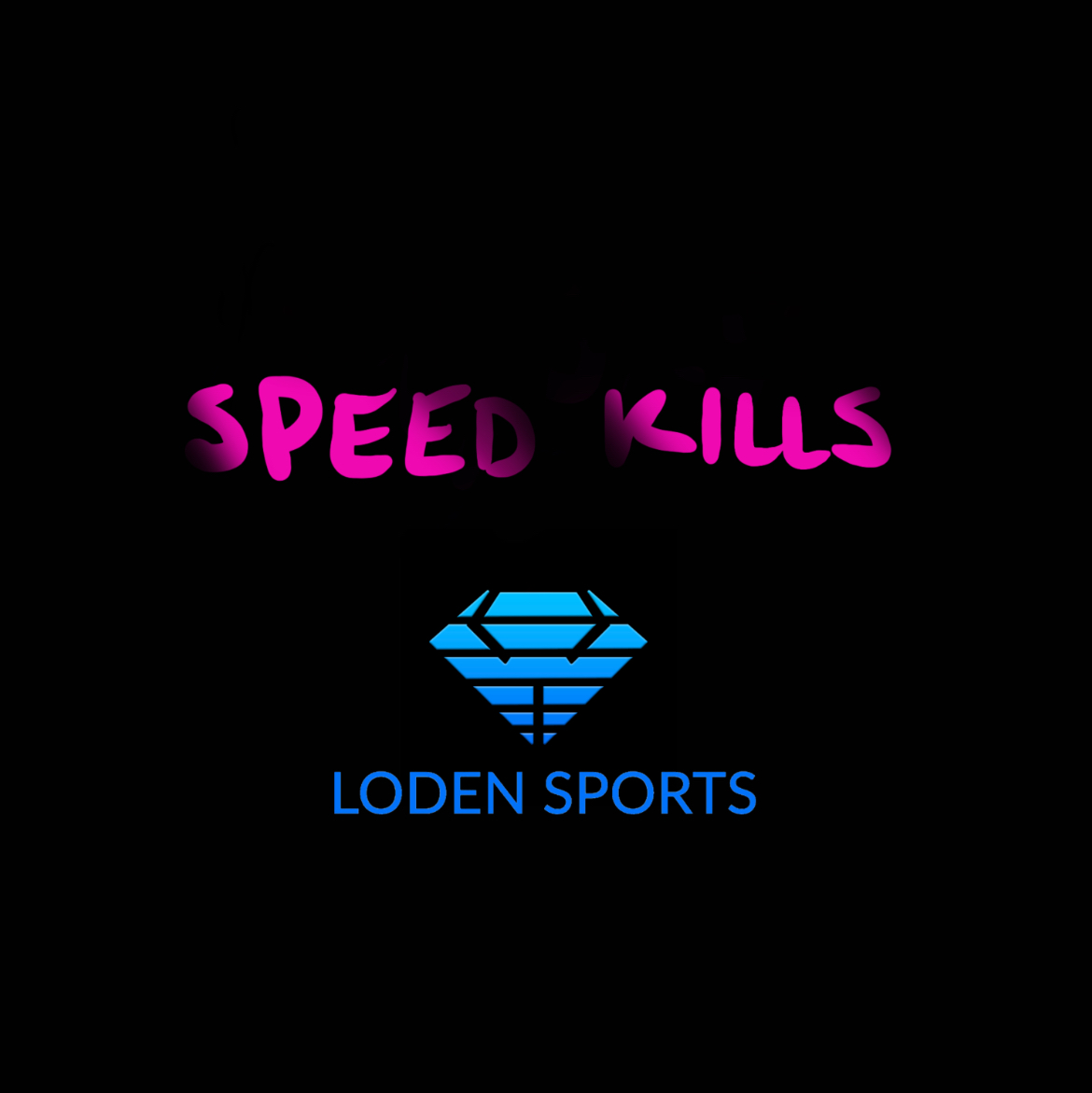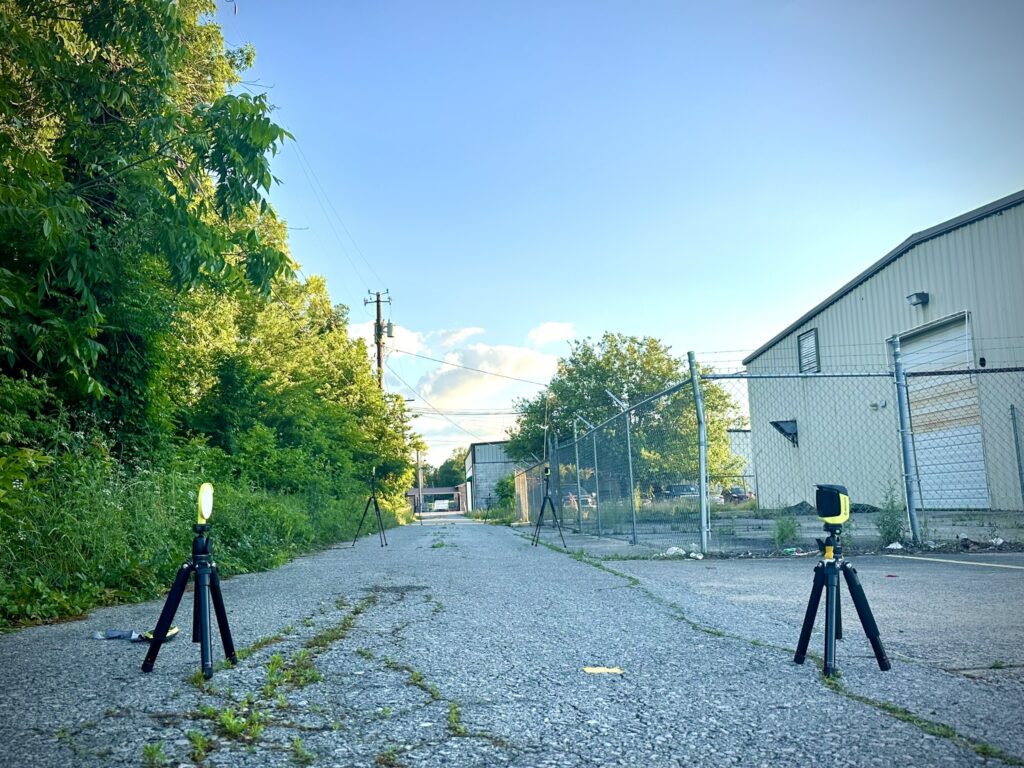
Outliers + Standouts
Wes Burgess, OF, Vestavia Hills HS: There was one outlier in the group – 2025 outfielder, Wes Burgess registered 5 Power, 10 Quickness, 9 Speed and a Loden Score of 9 on his evaluation at 6-1, 148 lbs. Safe to say, there is more coming as he adds strengths and fully physically develops. Any athlete that scores a 9 or higher on the Loden Sports Evaluation is considered an outlier as they join less than 1% of all athletes who have completed the evaluation with a score that high.
Will Siegel, MIF, Homewood HS: This is a player in the 2026 class that registered 4 Power, 11 Quickness, 7 Speed, and a Loden Score of 8 at 5-10, 151 lbs. Similar to Burgess, Siegel has room to add weight to his frame – which should boost his Power score and potentially push him into outlier territory as he gets older.
Jayden Robinson, 1B / OF, Pelham HS: This is another 2026 that registered 6 Power, 4 Quickness, 9 Speed, and a Loden Score of 6 at 6-5, 218 lbs. This was the best combination of size and athleticism from the TPL players on Sunday. With his combination of size and athleticism, it’s safe to assume he’ll have light-tower power if he hits enough to get to it.
Chase Lackey, MIF, Chelsea HS: We go from one of the largest athletes with TPL in Jayden Robinson to one of the smaller in 2025 middle-infielder, Chase Lackey. Lackey is proof that high-end athleticism comes in all shapes and sizes as he registered 4 Power, 10 Quickness, 8 Speed, and a Loden Score of 8 at 5-8, 146 lbs. Once again, we can look to the TV league for proof that small players with high-end athleticism can be super stars – Mookie Betts, Corbin Carroll, Jose Altuve. If Lackey hits and defends, there should be zero cause for concern with his size – there’s a V8 under the hood.
Jay Averett, OF / RHP, Hoover HS: This is a long-lean, projectable athlete in the 2027 class. Averett registered 1 Power, 6 Quickness, 8 Speed, and a Loden Score of 5 at 6-4, 158 lbs. Not yet 16-years-old, Averett’s frame suggests there is plenty more physicality coming and with it, expect more power and a rare blend of size and athleticism. This is one to keep a close eye on in the coming years…
The Loden Sports Size-Athleticism Chart
This chart provides a look at the relationship between athleticism and size and how each combination impacts expected physical tools (run, arm strength, bat speed, and power) in baseball.
How do I read this thing?
Across the top, you’ll see size combinations. For height, “Short” is anything under 5-10, “Average” is anything between 5-10 and 6-2, and “Tall” is anything over 6-2. For weight, “Small” is anything under 180 lbs., “Average” is anything between 180-210 lbs., and “Large” is anything over 210 lbs. So, for example, if I am an athlete that is 6-3, 185 lbs., I am “Tall-Average.”
The vertical column is a bit simpler, it is just the Loden Score that the athlete registered on Sunday. Continuing the example above, if I am “Tall-Average” and registered a Loden Score of 5, you’ll find me in the white zone next to Jay Averett.
What do the zones mean?
Before we go any further, these zones are calibrated to a high-level Division 1, early 20’s male athlete. If you are 15-years-old and weigh 145 lbs., of course you are in the orange zone and should have below-average physical tools compared to a 22-year-old Power 5 baseball player. If you’re offended by this, go re-read the top until you comprehend what is being communicated.
Orange Zone: This is the below-average physical tools zone. The goal for developing athletes is to get into the white zone (or higher). It takes special sport-specific ability to become a high-level college player in the orange zone.
White Zone: This is the average physical tools zone. From what we’ve seen, any combination of size and Loden Score that lands you in the white zone is sufficient for high-level college baseball. We’ve seen many impact college players in this zone. Obviously, ability to hit affects the level of performance.
Yellow Zone: This is the impact physical tools zone. This is the zone where you start seeing some exciting professional prospects. On a high school team, a player in this zone likely hits the ball harder or runs faster than anyone else and it may not be particularly close.
Green Zone: This is the outlier physical tools zone. This is the zone where players will start to separate themselves amongst elite company. Players in this zone may hit the ball harder or run faster than 90%+ of players at a national pro showcase.
Blue Zone: This is the top-of-the-scale physical tools zone. Some things can’t be achieved no matter how hard you work. This is top-of-the-class athleticism. It’s important to sit back and marvel at those who have natural-born athletic gifts. We can’t all be Elly De La Cruz.
Each player that was evaluated on Sunday is included on the chart.
Note: As younger athletes physically mature and train their athleticism, expect names to move from northwest to southeast on the chart. How much? That depends on how much growing there is still to do and how hard each individual athlete wants to work to become a better athlete.
TPL Size-Athleticism Chart
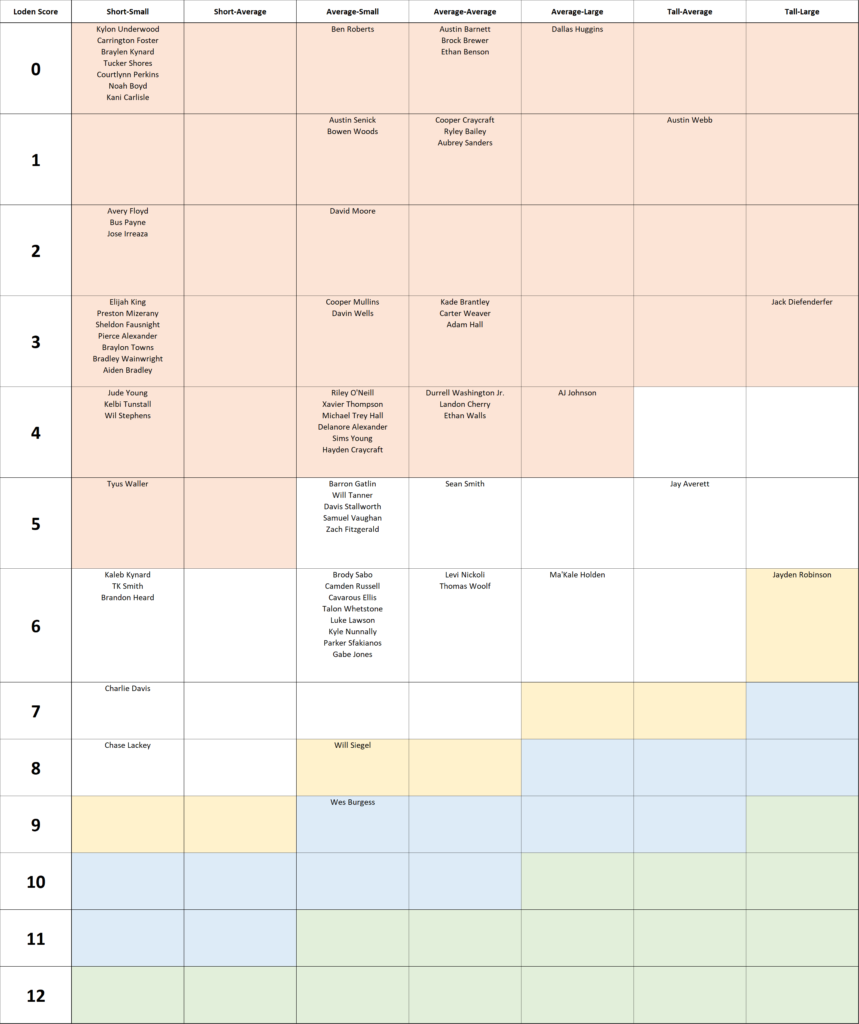
Final Notes
Mind you, many of these players are still growing and as they physically mature, their athleticism stands to improve. Per what we’ve observed at Loden Sports and a plethora of athletic development research, an athlete at full physical maturity (anywhere from 18-22 years old) likely won’t improve their Loden Score. For this reason, it’s important that athletes train their engines while they are still growing – in fact, it may be the most important thing they can do!
For the younger guys in the orange zone – understand your body-type and set yourself a goal. The white zone is achievable for anyone who wants to work for it.
Every human has their limits. We have a mom and a dad and hereditary genetics. We get what we get. We can’t all be tall, big, and freakishly athletic. BUT – we can all train to be the best with what we’re given. You can get faster. You can get stronger. You can get more powerful.
Elly De La Cruz is NOT what it takes to be a big leaguer – in fact, most of the league is made up of guys in the white zone. There are thresholds. If you’re going to be in the white zone, you’re going to need to hit a ton and make every play defensively. Guys in the yellow, green, and blue zones have a little bit more leeway because they’re going to be able to do things to help the team that the average guy can’t do (there are reasons why Joey Gallo is in his 10th MLB season and has a career batting average under .200).
Sports are all about super powers. Find what your super power is and lean into it. For some, it may just be your athleticism.
The Loden Sports Performance Lab App
Ever wonder how much progress you’re actually making in your training? Or, how well you sustain your gains in-season? Now, you can keep tabs on yourself by collecting jump performance data directly from your phone using the Loden Sports Performance Lab App. Hear it from Cardinals’ Gold Glove Winner, Brendan Donovan:
“I go through a whole offseason of training and we jump once a week. For me it’s cold hard data that shows what you’re doing is working. I want the data to prove that what I’m doing is working. So, that’s why I think this is extremely important.”
Now, you have YOUR OWN WAY to measure and track YOUR jump performance data.

